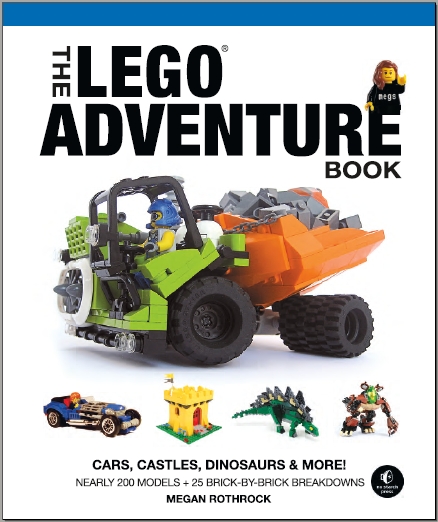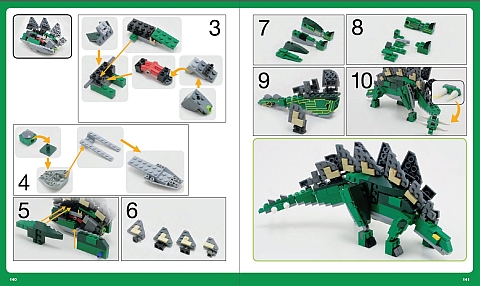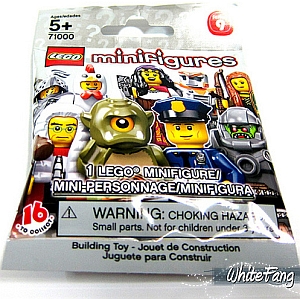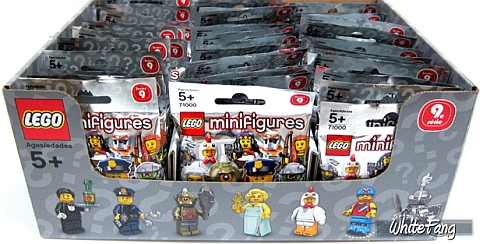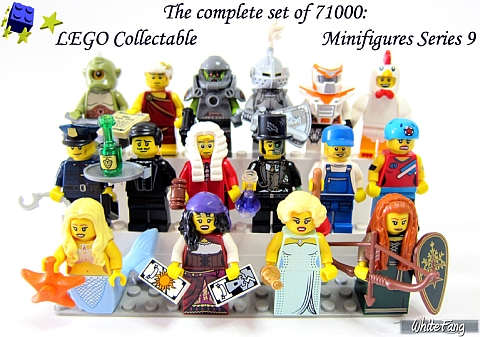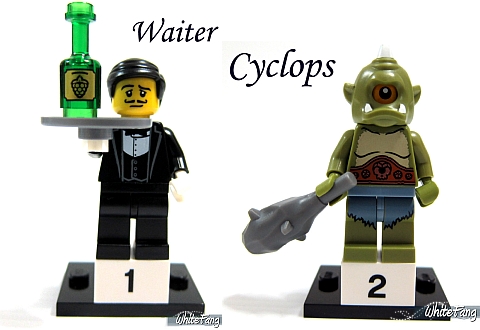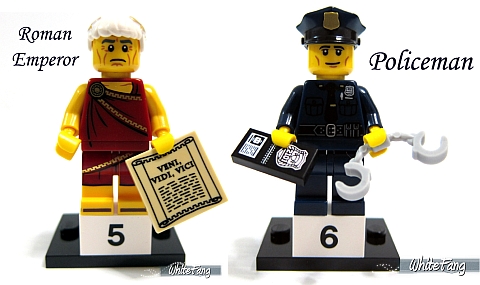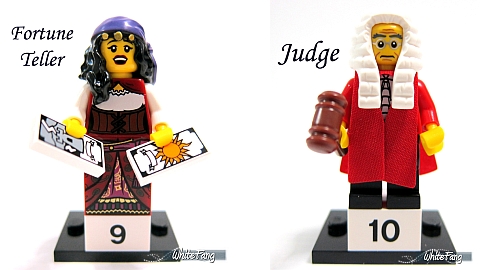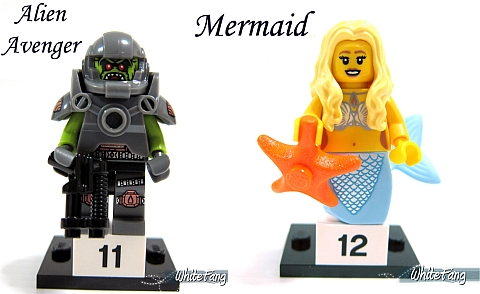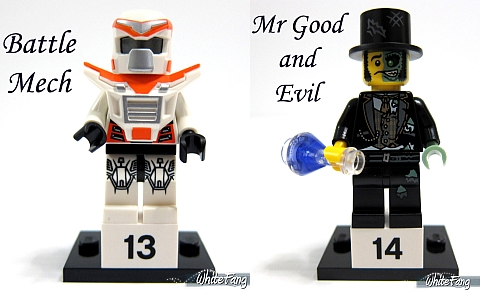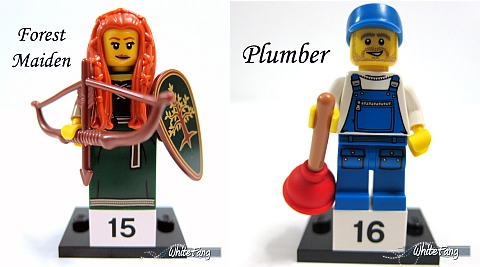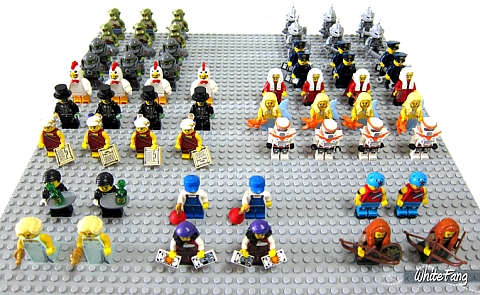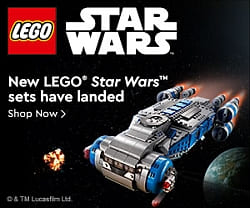Today I would like to show you one of my favorite LEGO books; The LEGO Adventure Book by Megan Rothrock. The book came out recently and so far everyone only has good things to say about it. And for a good reason. The book is big, beautiful and most importantly, full of interesting and inspiring LEGO models. Check it out below! 🙂
Megan, the author of The LEGO Adventure Book, is a former LEGO designer herself, so she knows what LEGO fans like. She takes readers on a tour featuring nearly 200 LEGO models and 25 brick-by-brick instructions. You will learn to build robots, trains, medieval villages, spaceships, airplanes, and much more. In the process she also introduces you to thirteen of some of the most accomplished LEGO builders including Pete Reid (Legoloverman) known for his LEGO Turle Factory, Jon Hall (jonhall18) with his sleek planes, Mark Stafford (Nabii) the robot and mecha designer, Aaron Andrews (DARKspawn) with his wonderful medieval villages, and Katie Walker (Eilonwy77) the queen of beautiful LEGO mosaics.
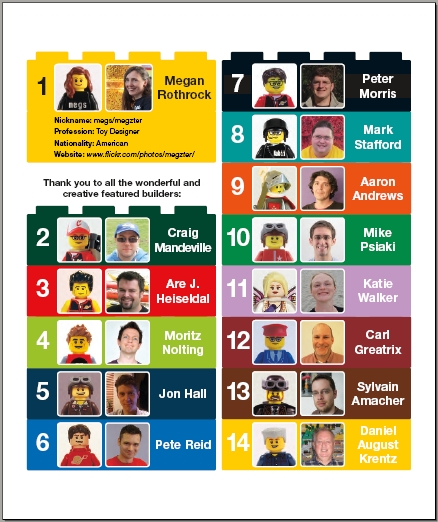
This LEGO book is divided into 14 chapters, and each chapter features a different LEGO building subjects like LEGO town buildings, LEGO cars, planes, starfighters, medieval villages, dinosaurs, mosaics, trains and LEGO steampunk creations. Each chapter is guided by one of the featured LEGO fans mentioned above. They share their models, building tips and even step-by-step instructions.
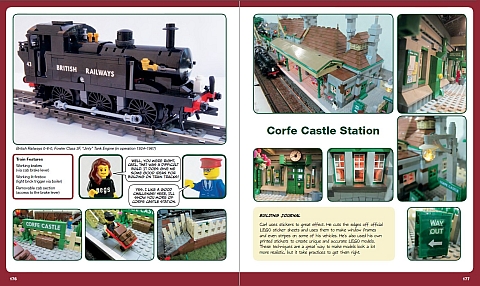
Besides the LEGO models themselves, what I like the most about this LEGO book is how nicely the pages are designed. Each page is full of full-color LEGO models, but there is also enough white-space in between to give a nice balance and a fresh look. Any text included is short and sweet; just enough to make the pages friendly and give enough information. Also, this is a hard-cover book, with durable pages, so it can stand up to a lot of use.
I would say that this LEGO book is more for the intermediate to advanced builder. I think most of the models would be too complex for young children, or beginner builders, although they could still get great inspiration and ideas from the book. I have read on Amazon though that even children as young as 8-years-old enjoy the book greatly. So I may be underestimating what beginner LEGO fans can accomplish, but to be on the safe side, I would get this book for someone who is already familiar with LEGO to some extent.
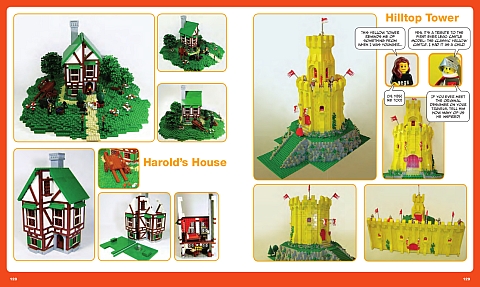
If you would like to add a wonderful book to your LEGO book library for inspiration and learning new techniques, or if you are looking for a great gift for a LEGO fan, this book will surely please! Also, the LEGO Adventure Book is titled as #1, so it seems there is going to be a series. I’m definitely looking forward to more!
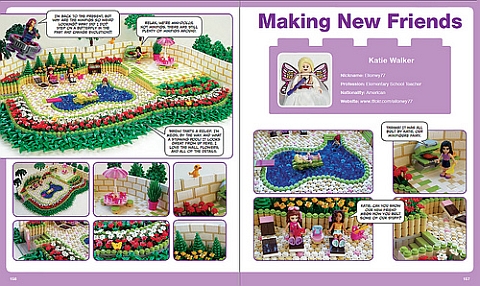
The LEGO Adventure book is available on Amazon for less than $15. Here is the direct link: BUY THE LEGO ADVENTURE BOOK. It is also available in a Kindle edition for $10 at the same link. You can also download a PDF version at the publisher’s website for $15. Enjoy! 😛
What do you think? Is this a LEGO book you are planning to pick up? Will it be for yourself, or a gift to someone? And if you have the book already would you like to share your thoughts and opinion? Just use the comment section below. Would love to hear your feedback! 😉
You may also like to check out the LEGO Books section for more inspiring reading materials or select from these recent post below:


